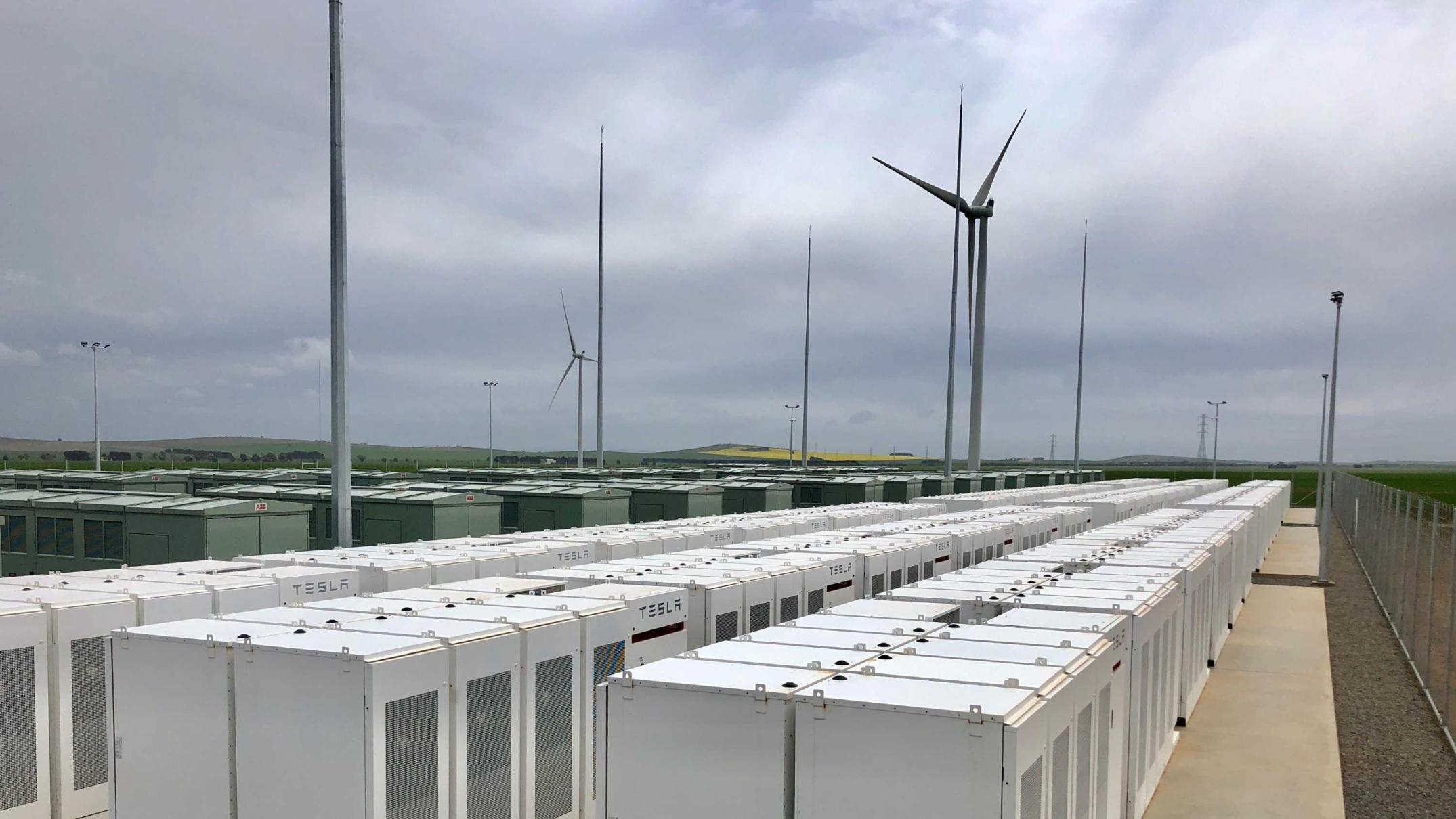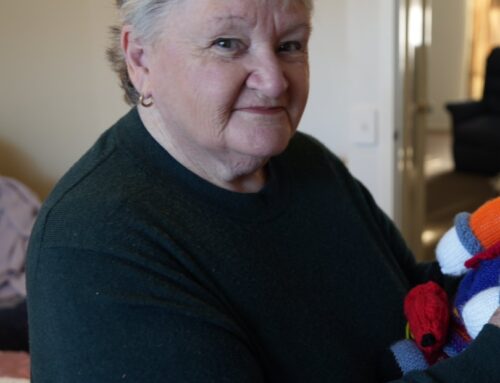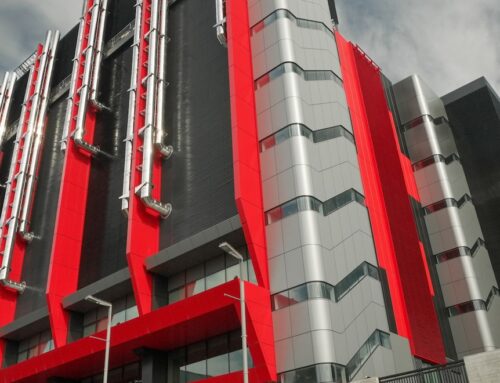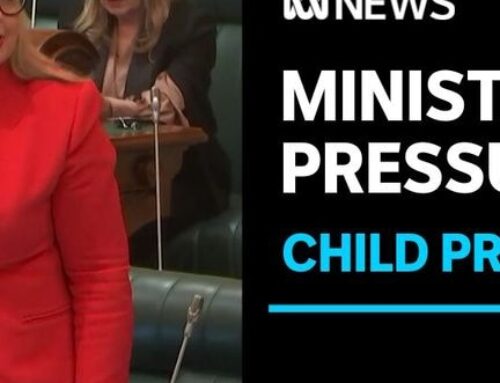Grid-scale battery projects from firms like AGL, Origin Energy and Neoen are racing ahead despite the divergent energy and emission goals of governments, which create a “lack of certainty”, according to the New South Wales Energy Minister.
Key points:
- Several new battery projects have been announced in New South Wales by power companies looking to get ahead as coal-fired power stations are phased out
- However, there are concerns the patchwork approach as a result of differing objectives between governments will deter good investment
- The Energy Security Board is expected to make recommendations on a market framework in the coming months
“The number one complaint I get from business and industry is that there is a lack of certainty because of the policy settings across the country,” Minister Matt Kean told 7.30.
“What we’ve done with our [NSW] energy roadmap is put very clear markers in the ground, so that everyone understands the framework.
“NSW was one of the first states in the country to adopt a net zero emissions target. We also are responding to the challenges that we face in our system.
“NSW, over the next 15 years, will see four of its existing coal-fired power stations come to the end of their technical lives … [we] need to ensure that we don’t see price spikes and blackouts as a result of not having a policy in place.”
Battery wars
Built by Tesla in response to the nation’s first statewide blackout, the Hornsdale battery in South Australia is the biggest in the country, having recently been upgraded to 150 megawatts.
Now the race is heating up in NSW, with a new 500MW battery project announced by French firm Neoen at Wallerawang near Lithgow.
Origin Energy has ambitious plans for a 700MW battery at Australia’s largest coal-fired power station at Eraring, NSW.
AGL is pushing ahead with 1,000MW distributed across several sites, including the coal-fired Liddell power station, due to be shuttered by 2022.
Tony Wood, energy director at the Grattan Institute, says these firms are trying to get “ahead of the game”.
“What they’re doing is effectively staking out the territory, then announcing these investments. And the good news is these are commercial investments being made by private companies, and they’re not being driven by government subsidies,” Mr Wood said.
Concerns about stability
Kerry Schott, the independent chair for the Energy Security Board, recently raised concerns about grid stability in reference to incoming renewables.
“We’re also increasingly seeing the impacts on frequency and system strength. And that’s the thing that the market design needs to change,” Ms Schott said.
“There is a role for a NEM-wide [National Electricity Market] solution around batteries — you need batteries in particular locations and some locations are definitely more favourable.”
‘Tensions emerging’
As the Queensland branch of his coalition partner continues to push for new coal-fired generators, Federal Energy Minister Angus Taylor says batteries cannot provide the energy needed for heavy industry.
“What we need here is a balance in the grid, a balance between different types of technology, a balance between intermittent energy and dispatchable energy,” Mr Taylor said
“We welcome all announcements to support dispatchable generation going into the grid, and that includes batteries. It includes pump, hydro, gas and has a range of dispatchable technologies that are being invested in across the grid.
“[Batteries] are a long way from providing long-duration storage — that’s storage that can provide a supply over an extended period of time, if there’s a wind drought, or if there’s a period with little sun.
“And to put that in perspective, the Hornsdale battery, the biggest battery in Australia, can only keep the Tomago smelter going for less than 15 minutes.”
By contrast, Mr Kean, whose government has pledged to reach zero emissions by 2050, appears to have found new accord with his state Nationals colleagues over climate change and renewables.
“I hope this provides a template for the country as to how we can tackle climate change, but in a way that creates jobs, drives investment into the country and underwrites our prosperity for generations to come,” Mr Kean said.
“When you’ve got governments that have got fundamentally different objectives, you’ll get some tension emerging. These tensions have emerged in a way that has caused some conflict.
“The challenge for 2021 is for the Energy Security Board to try and manage through those tensions.”
Blackout worries could be a self-fulfilling prophecy
Mr Wood said that the worry over grid instability that might lead to blackouts could be expedited by a rush to get renewables online.
“The risk is that by forcing that supply into the market, before it’s needed commercially, you actually cause those coal-fired power stations to close even earlier,” Mr Wood said.
“And you can see, you end up with a sort of a very weird spiral in which the very thing they’re worried about comes to fruition.
“It doesn’t work to have uncoordinated, unpredictable interventions by various governments, because if you want to find a way to absolutely deter good investment, that’s a perfect way to do it.”
The Energy Security Board is expected to make recommendations on a market framework to better accommodate renewables in the coming months.
“Some people want us to go much faster. Some people want us to go much slower, and [are] still in the dinosaur age. We’ve really got to adapt quickly,” Ms Schott said.





